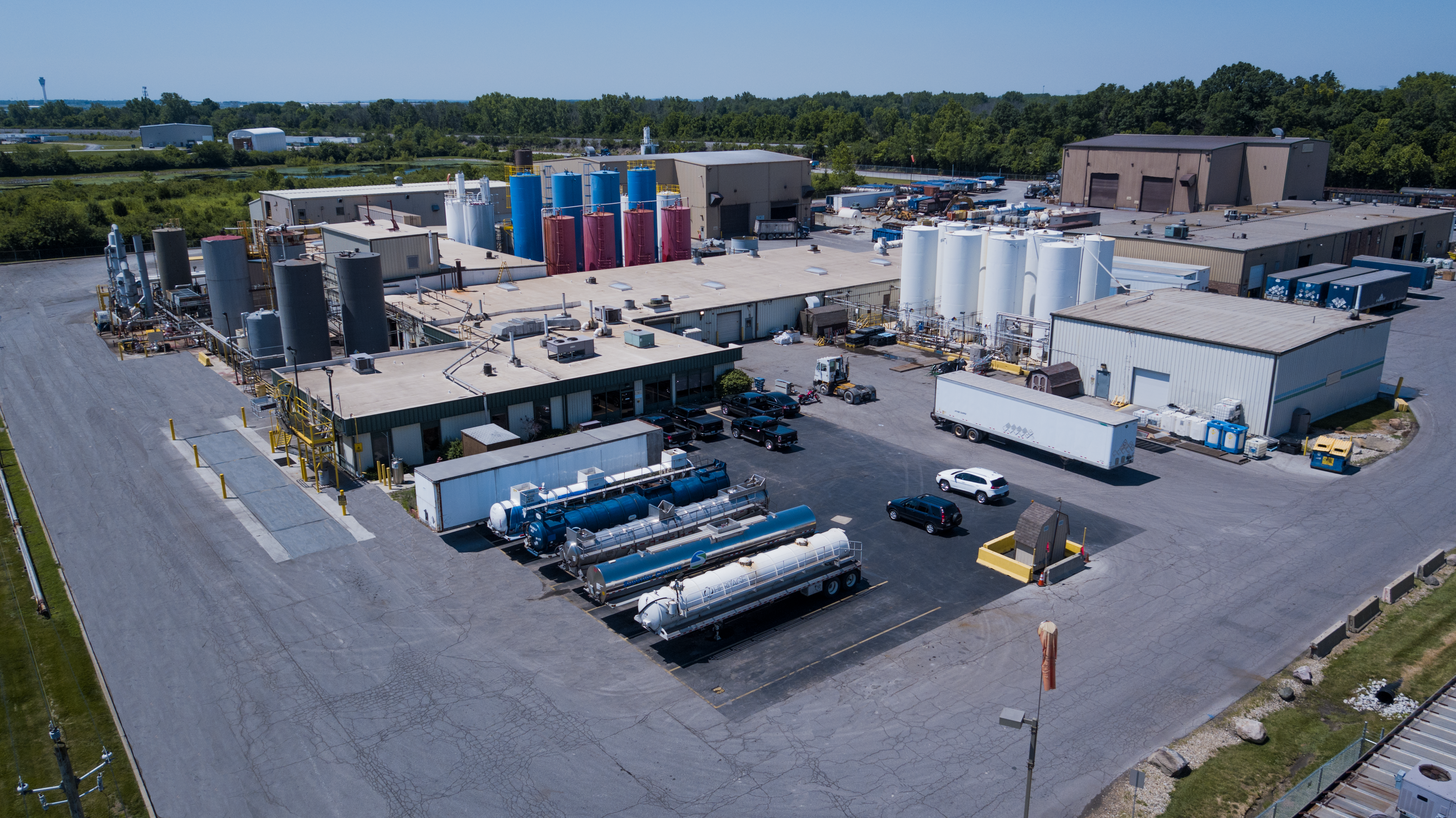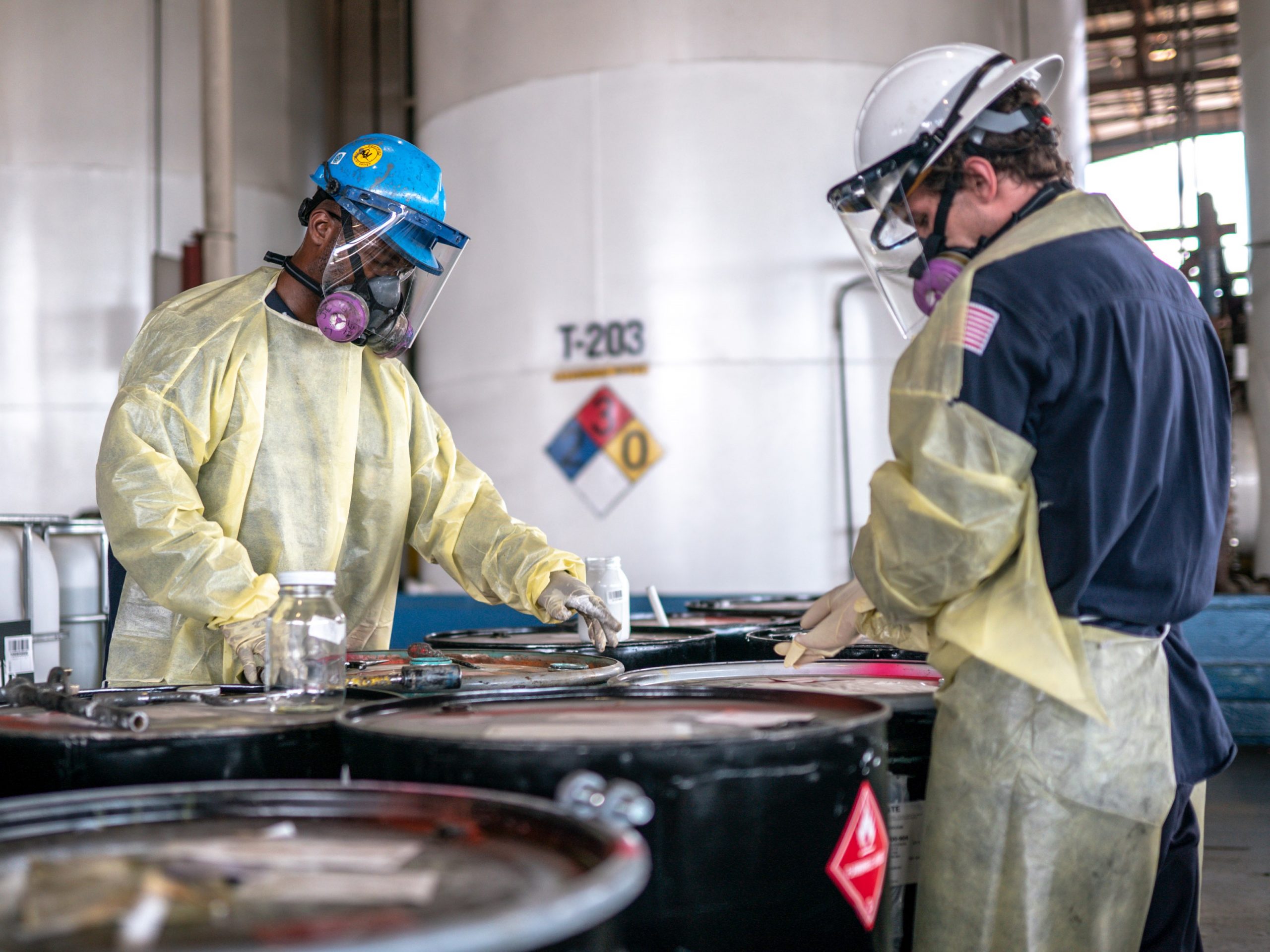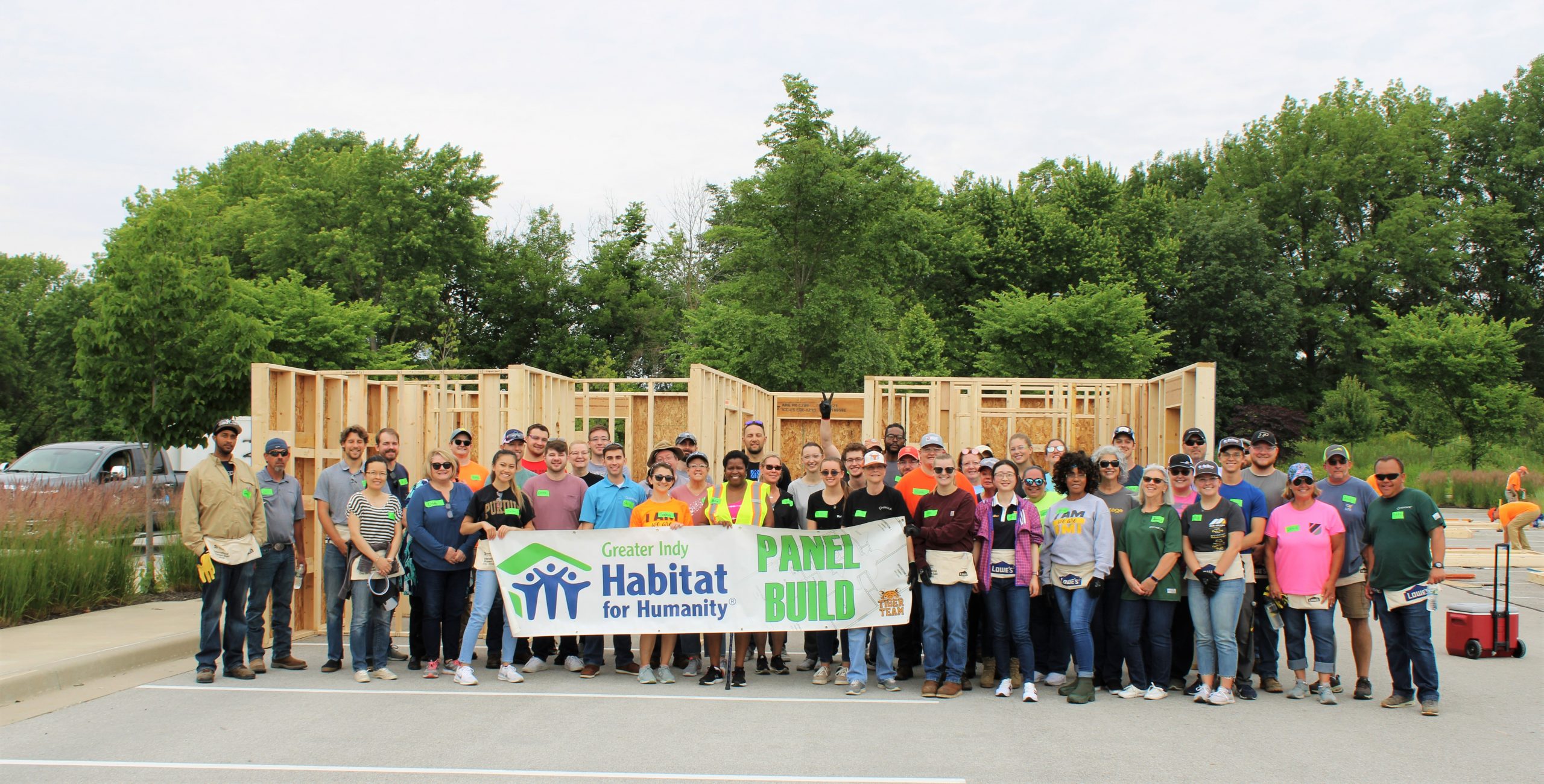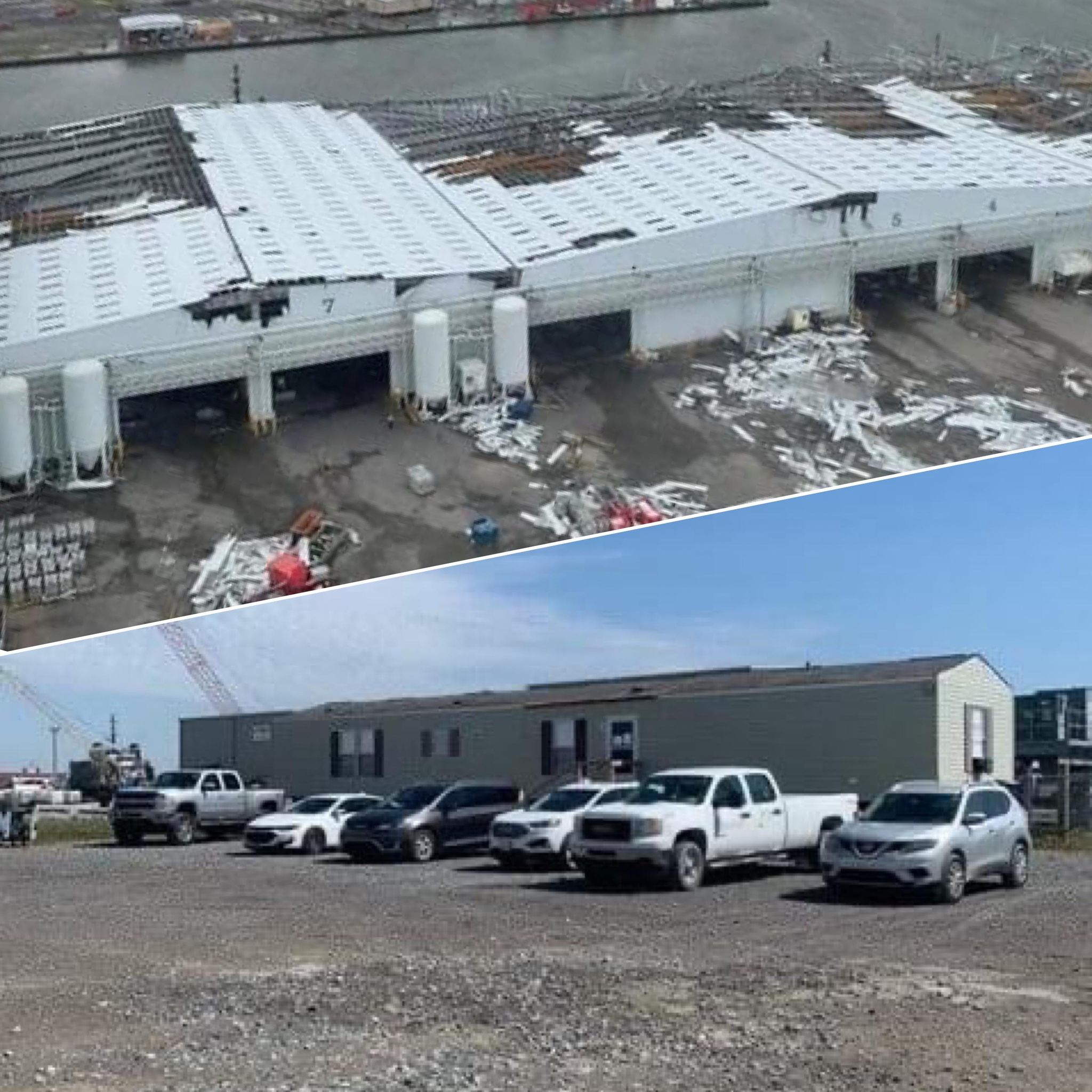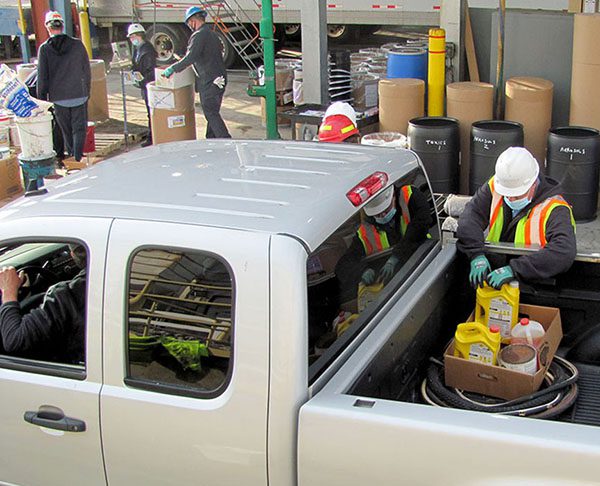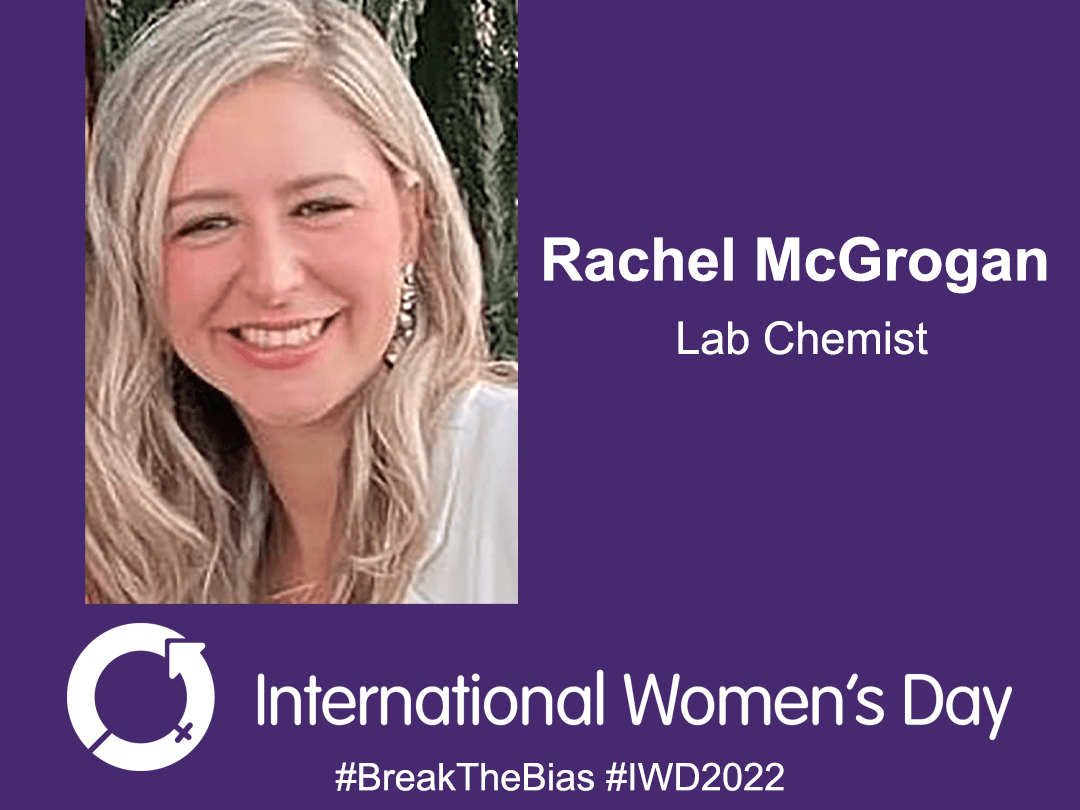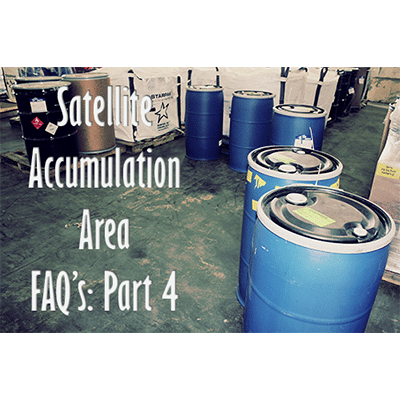
This is our final post in the SAA FAQ’s series! Remember, original and complete information from this post can be found in the EPA document on closed containers here. If you would like us to compile an eBook of these questions let us know in the comments section!
Question: Do generators have to include the hazardous waste in SAAs in the monthly quantities for determining generator status (i.e., SQG or LQG)?
Answer: Yes. Generators must include all the hazardous waste in the various SAAs in their monthly quantities for determining generator status. Sections 261.5(c) and (d) identify hazardous wastes that do not have to be counted when determining generator status. Hazardous waste stored in SAAs is not on this list; therefore, hazardous waste in SAAs must be included in the generator’s monthly quantity determination.
Question: When a facility has equipment that discharges hazardous wastes to attached containers, do the containers that collect such wastes have to be in compliance with the SAA regulations?
Answer: Yes. Even if the discharging unit is not regulated under RCRA, the attached containers that collect hazardous wastes from such equipment must be in compliance with the SAA regulations, if those containers collect wastes that are listed or characteristic hazardous wastes. Waste containers in SAAs must be:
- In good condition (265.171),
- Compatible with their contents (265.172),
- Labeled with “words that identify the contents of the container” or the words “hazardous waste” (262.34(c)(l)( ii)).
In addition, the containers in SAAs must be closed, except when adding or removing hazardous waste (265.173(a)). Generators would not be required to keep such containers closed while hazardous waste is being added to the container; but generators would need to keep them closed when the hazardous waste is not being discharged to the attached container.
The container(s) attached to such equipment is a point of generation. It is possible for there to be multiple pieces of equipment within one SAA, and thus multiple points of generation within a single SAA, provided all the pieces of equipment are “at or near” each other and “under the control of the operator of the process generating the waste.” Under this scenario, the total amount of hazardous waste in the SAA would be limited to 55 gallons (or 1 quart of acute hazardous waste) and a generator would be allowed to consolidate like hazardous wastes: from multiple discharging units.
Question: If a facility has very small containers (e.g., vials or tubes) of hazardous waste that are too small to label with the words “hazardous waste” or “other words that identify the contents of the container”, how should the containers be labeled?
Answer: Generally, we would expect the small containers to be placed in properly labeled larger containers, which would have the added benefit of secondary containment should the small containers break. However, other approaches that would achieve the same result also would be acceptable.
Information for this blog post was gathered from the EPA Memorandum on Closed Containers. As always, this blog post is not intended to be comprehensive and it is always best to check with the EPA and local government for full, up-to-date, rules and regulations.
More News From Heritage
-
Published Articles 8/2/22
How Safety, Maintenance, and Reliability Are Intertwined
VP of Health and Safety Jim Mangas discusses the importance of plant safety, maintenance, and reliability (featured in BIC Magazine July/Aug '22)
-
Blogs 7/28/22
Spotlighting Our Environmental Interns
Highlighting some of the wonderful interns we have at Heritage this year!
-
Blogs 7/11/22
Turning Hazardous Waste into an Alternative Fuel
In this blog we walk you through the process of fuel blending, where we can turn hazardous waste materials into a viable alternative fuel source.
-
Community News 6/15/22
2022 Habitat for Humanity Build
Our 12th annual Habitat for Humanity Build
-
Blogs 4/13/22
After Hurricane Ida, Our Port Fourchon Office Rebuilds
On August 28th, 2021, the Louisiana coast was battered by Hurricane Ida. This included our Port Fourchon Service Center, where the devastating hurrica
-
Community News 4/7/22
Heritage readies for Earth Day HHW collection in East Liverpool
Heritage Thermal Services is pleased to announce that its collection of household hazardous wastes for the East Liverpool area returns for 2022.
-
Published Articles 4/2/22
The Impact of Changing Conditions
VP of Health and Safety Jim Mangas discusses preparedness for unexpected conditions during a project. (featured in BIC Magazine March/April '22)
-
Blogs 3/11/22
International Women’s Week Spotlight – Rachel McGrogan
Rachel McGrogan speaks about her time as a Lab Chemist at Heritage.
